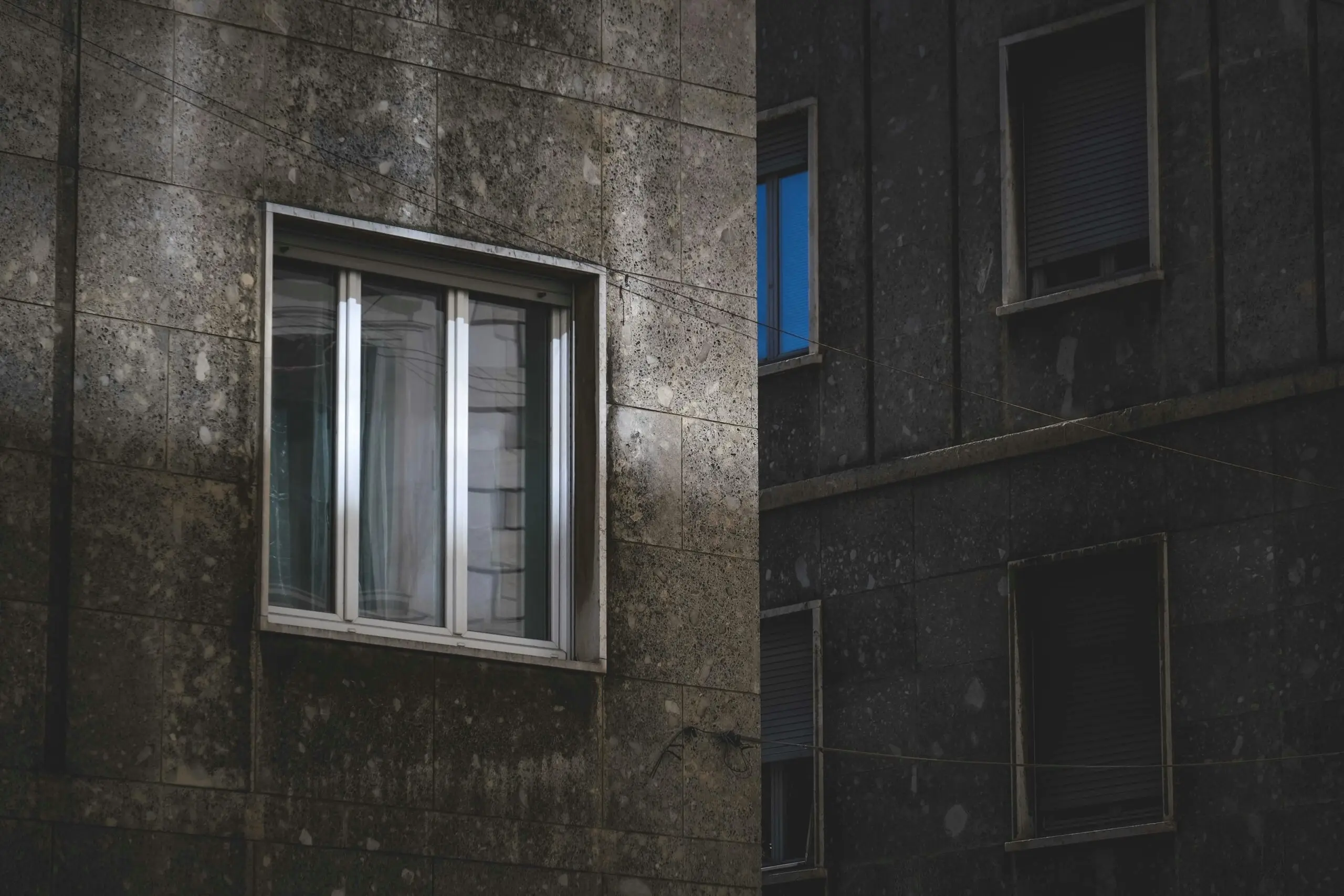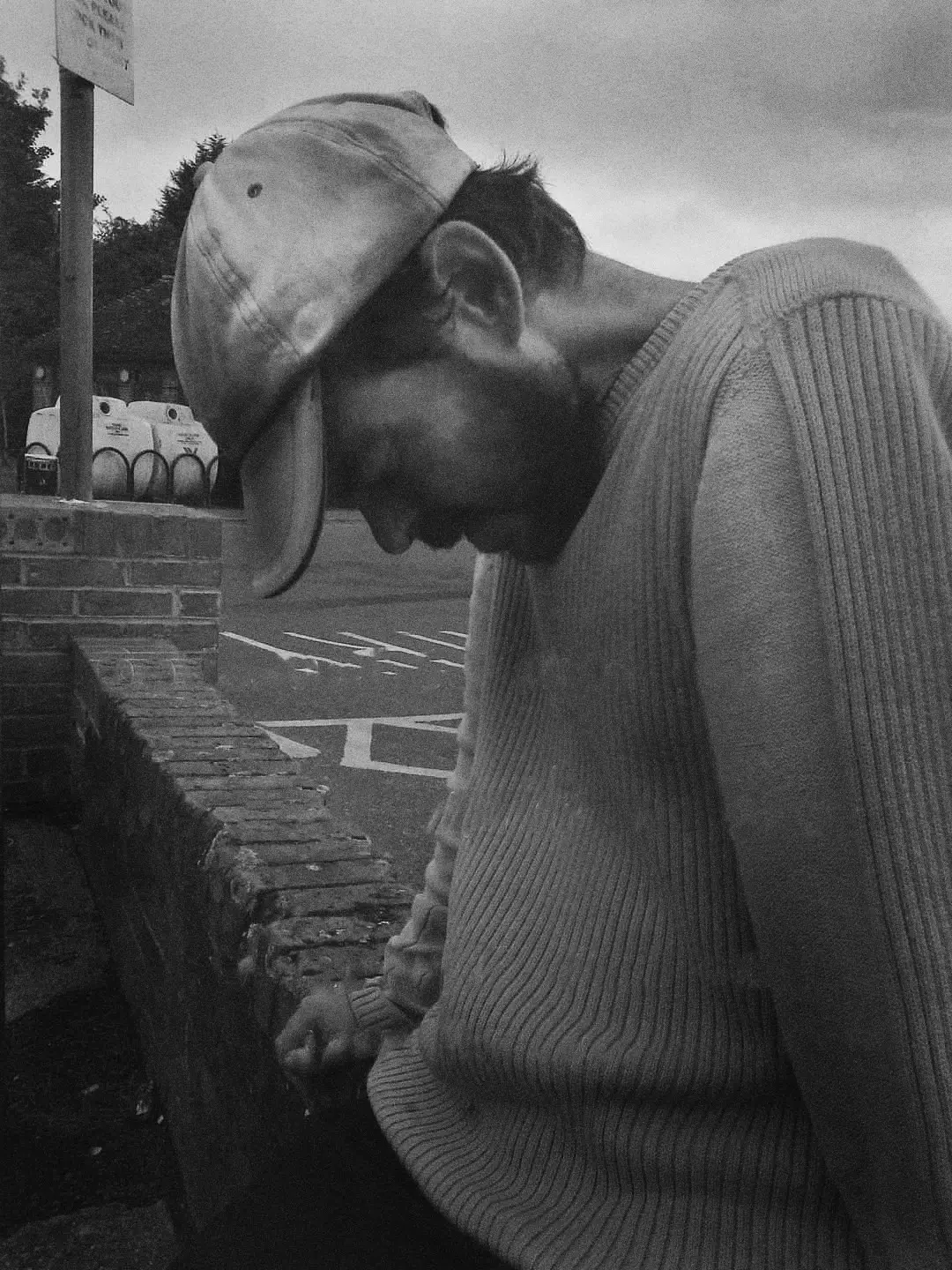People often ask me why I switched to Fuji. At first glance, it doesn’t look like the obvious choice. I could have stuck with the bigger brands — Canon, Nikon, Sony — with their powerhouse cameras and monster lenses. And I’ll admit, the usual reasons people cite for moving to Fuji still ring true for me. The film simulations are gorgeous, the colours are natural, the tactile dials make shooting intuitive, and the retro styling turns heads. All of that matters. But it’s not the real reason I moved.
Right now, I use the Fuji X-T5 and the X100VI. Both are incredible cameras that deliver the technical quality I need. But my decision to switch had less to do with megapixels or autofocus speeds and far more to do with something deeper — how the camera feels in my hands, how it fits the way I move, and most of all, how it makes the people I photograph feel when I raise it to my eye.
When I first picked up a Fuji, it was like meeting an old friend. I’ve always been a bit of a retro buff, and the design spoke to that part of me immediately. The dials, the compact build, the almost analogue feel — it reminded me of the cameras I’d seen growing up, back when photography felt more tactile, less about tech for tech’s sake. Holding it didn’t feel clinical. It didn’t feel like a lump of machinery. It felt comfortable, natural, almost familiar. And that comfort matters. Because if I’m relaxed, the person in front of me senses it.
Size plays a big part too. With other cameras, I always felt a little self-conscious. A big DSLR with a long lens puts up an invisible wall. People notice it. They stiffen. They give you their “camera face.” The Fuji is different. It’s small, understated, even a little unthreatening. I often hear, “Oh, is that it?” when I pull it out. And that’s exactly what I want — for people to feel that it isn’t a big deal, that they don’t have to perform. The smaller the camera, the quicker the barrier comes down, and the quicker we get to something real.
That shift in atmosphere changes the portraits completely. Instead of guarded smiles, I get genuine ones. Instead of someone posing for me, I capture them simply being. And isn’t that the whole point? For me, photography has never been about staging perfection — it’s about capturing honesty. Fuji helps me do that by fading into the background.
It also suits the way I work. The smaller body makes me faster. I don’t hesitate to bring it up because it doesn’t feel like I’m lifting a brick. I can move, adjust, and react in seconds. That matters when you’re trying to capture fleeting authenticity — a glance, a laugh, a sudden shift in light. Life doesn’t pause for you to scroll through menus. With Fuji, I can simply respond.
Then there’s the freedom of carrying less. I’ve dragged heavy camera bags around before, and the truth is, it wears you down. Not just physically, but mentally. You spend half your energy managing your gear instead of being present with your subject. With Fuji, my bag is lighter, my body is less strained, and my head is clearer. I’m not worrying about weight — I’m focusing on the person in front of me. And that’s exactly where my attention should be.
What surprised me most, though, is how Fuji cameras open conversations. Because of their retro look, people often ask about them. They’re curious. They lean in. “Is that film?” “Looks like something my dad used to own.” “That’s smaller than I thought.” These little exchanges break the ice, especially with people who feel nervous. Before long, we’re laughing about the camera itself, and when I finally take the portrait, the tension is gone.
And here’s the truth: that comfort, that connection, is the reason I switched. My work isn’t just about making nice pictures. It’s about stories. It’s about standing beside someone living with dementia, or a survivor of domestic abuse, or a person who has experienced homelessness, and giving them a safe space to be seen. A huge, intimidating camera gets in the way of that. A Fuji, on the other hand, almost disappears. It feels like part of the conversation rather than an obstacle to it.
I’ve seen the difference it makes. I’ve watched people relax because the camera doesn’t scream “professional shoot.” I’ve seen them open up, speak freely, and see themselves differently when they later view their portrait. For someone who has been silenced, ignored, or overlooked, that shift is powerful. It’s the reason I do what I do.
Of course, I appreciate the technical side too. The X-T5’s resolution is more than enough. The X100VI is discreet and perfect for street-style storytelling. The film simulations often give me colours so strong that editing barely feels necessary. But the specs aren’t what convinced me. Specs don’t start conversations. Specs don’t help people feel at ease. Specs don’t give survivors a way to reclaim their voice. Comfort does. Connection does. Trust does. And Fuji, for me, makes all three possible.
Photography has always been personal for me. It’s what helped me move from invisible to visible, from lost to focused, back when I was rebuilding my own life. I’ve carried that truth into every project I’ve led since. Whether I’m working on exhibitions about dementia, homelessness, or domestic abuse, the story is never the camera — it’s the person. But the right camera shapes how that story is told, how it feels to tell it, and whether the person in front of me feels safe enough to share.
And that’s why I chose Fuji. It doesn’t overshadow. It doesn’t intimidate. It feels like me. More importantly, it allows the people I photograph to feel like themselves.
So yes, I could tell you I switched for the film simulations, the colours, the lighter bag, the intuitive controls — and all of that is true. But the deeper reason is this: Fuji lets me be the kind of photographer I want to be. One who listens more than directs. One who notices rather than interrupts. One who helps people feel comfortable enough to share their story honestly.
That, more than any technical feature, is why I moved to Fuji.

